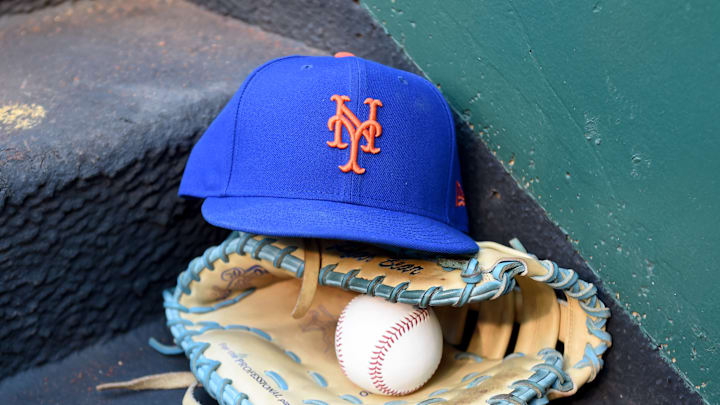2) The Mets continue to diversify their pitching pipeline
Coming into the draft, New York’s biggest weakness was its pitching pipeline. With top pitching prospect Matt Allan injured until the middle of the season and several attractive arms below him several years away, the Mets had a severe gap in their pitching pipeline. While they ignored pitching in the beginning, they returned to the well with several selections for the farm system.
Blade Tidwell, the team’s second-round pick, and Brandon Sproat, New York’s third-round pick, are two of the same coin - big-time college starters with flaws. Tidwell, who sits in the mid-90s with his fastball, was viewed as a first-round arm, but injuries knocked him into the second round. Sproat was a flamethrower at Florida, but can’t locate the ball. Both have the size and velocity to stick, but it’ll be up to the Mets’ development stat to help them take the next step.
The most intriguing ptching selection for the Mets is Jonah Tong, the team’s seventh round pick. Not the physical marvel like Tidwell or Sproat, nor does he offer the same fastball, but impressed with his spin rates on his fastball and curveball, while touting a developing curveball. Much like fellow Canadian Calvin Ziegler, Tong seems like another high school arm the Mets can develop with his pitchability and hope a few tweaks can unlock a few miles on his fastball.
𝗗𝗮𝘁𝗮 𝗦𝗽𝗼𝘁𝗹𝗶𝗴𝗵𝘁: 𝗝𝗼𝗻𝗮𝗵 𝗧𝗼𝗻𝗴@tong_jonah | @FrederickKeys
— MLB Draft League Data (@draftleaguedata) July 5, 2022
The 19-year-old @NDSUbaseball signee made his mark in the #MLBDraftLeague, showcasing a trio of potential impact pitches en route to 14 strikeouts in 11.2 innings.#RaiseYourStock pic.twitter.com/dizPfOMDMn
Ultimately, New York added several arms in the class with a few destined for the bullpen if they were ever to make it to the majors. However, New York continues to show how they continue to view their pitching in the system. A brief look shows that New York will prioritize big arms like Tidwell, Sproat, Kumar Rocker last season and even 2022 sixth round pick Tyler Stuart are all big bodied pitchers with big fastballs.
But you also see the value of New York with pitchability guys - guys who are more than the sum of their parts. Tong has several positive traits, but even guys like Dominic Hamel and Calvin Ziegler from last year's draft have been selected by the Mets and took a leap after being drafted.
It's only a matter of time before the New York Mets continue to hit on another successful pitcher in their system, but this class is a nice step forward in both finding arms to help the starting rotation and bullpen in the future.
